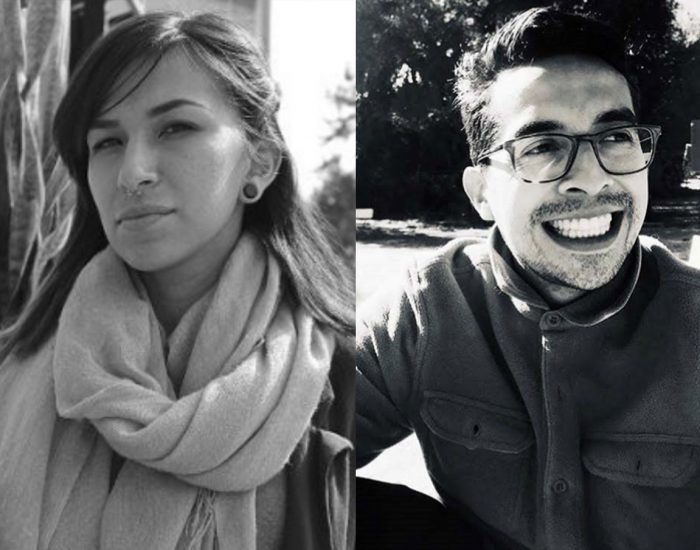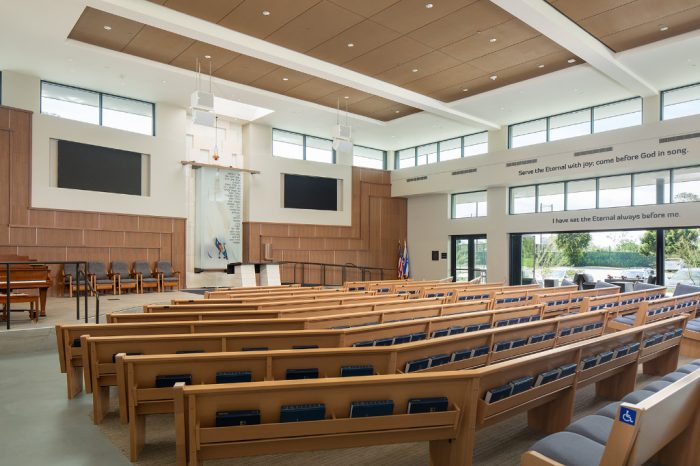Susana and Jesse Santiago on Designing for Your Local Communities
Alumni Susana Santiago (BArch ’14) and Jesse Santiago (BArch ’14) met while studying architecture at Woodbury. Born in Perú, Susana has a diverse background, including working as an intern at structural engineering firm, junior designer at a design firm and at several construction firms. Jesse has a background including landscape architecture, construction management, multi-family and hospitality architecture. Today, Susana works for KCS West and Jesse works for Jerry Sherman Architects. We recently caught up with Susana and Jesse to discuss their personal career paths and how they are working to design better environments throughout Southern California.
Interview with Susana and Jesse Santiago
 Q: Why did you choose to study architecture?
Q: Why did you choose to study architecture?
Susana: When my mom was applying for college, she wanted to study Architecture, but the major was full, so she enrolled in the school of Civil Engineering instead with the intention of transferring into the Architecture program. She then realized she liked civil engineering and stayed in the program. A year after she passed away in 2004, I decided to enroll in a mechanical drafting course in high school and fell in love with drafting. The next summer I enrolled in ELAC’s architecture program.
Jesse: I became enamored by how demanding architecture is of a person and followed in pursuit.
Q: You have been involved with the AIA San Fernando Valley and the Heritage Square Museum, including serving on the Board. What responsibilities do designers have to give back to their community?
We both strongly believe a designer’s responsibility is to be actively involved in planting solutions to resolve social issues, and not lose sight of our ability to bring value to our communities.
Q: You’ve both seen Los Angeles and the San Fernando Valley evolve; what role do you think designers have in housing and urban development?
We have an opportunity to humanize development. To do so, our role as designers is to immerse ourselves in the conversation and become ubiquitous in public office, planning committees, neighborhood councils and building code commissions.
Q: Architects often face questions of narrowing project scopes. With changes to climate, technologies, and construction techniques, how do you think architects and designers will adapt ways of practicing to advance the profession?
On the contrary, our scope is evermore expanding. Our profession is best served by building upon our relevance when seeking solutions for these complex topics. Our innate ability to theorize and put into practice those theories is the means by which we continue to push for the advancement of the profession. For this very reason, an architect is most qualified to be the leader in these fast devolving topics.

Q: What projects have you enjoyed working on most?
Susana: Congregation Shir Ha-Ma’alot has been my favorite project. I was part of the construction team that built the synagogue located in Irvine from 2017-2018. Being part of the first Shabbat Service in the new sanctuary was an incredibly rewarding experience.
Jesse: I don’t have one specific project in mind. I’ve enjoyed our most demanding projects, the ones that have asked me to step beyond my comfort and knowledge base. Those that have tasked our teams to operate at a level we thought we could not before.
Q: What advice would you give to students and designers who aspire to follow a similar career path?
Keep developing an infinite number of ways to apply the tools you were given during your academic career.
Q: What three words would you use to describe Woodbury?
Susana: Inspiring, compassionate, diverse
Jesse: Fearless, committed, invested